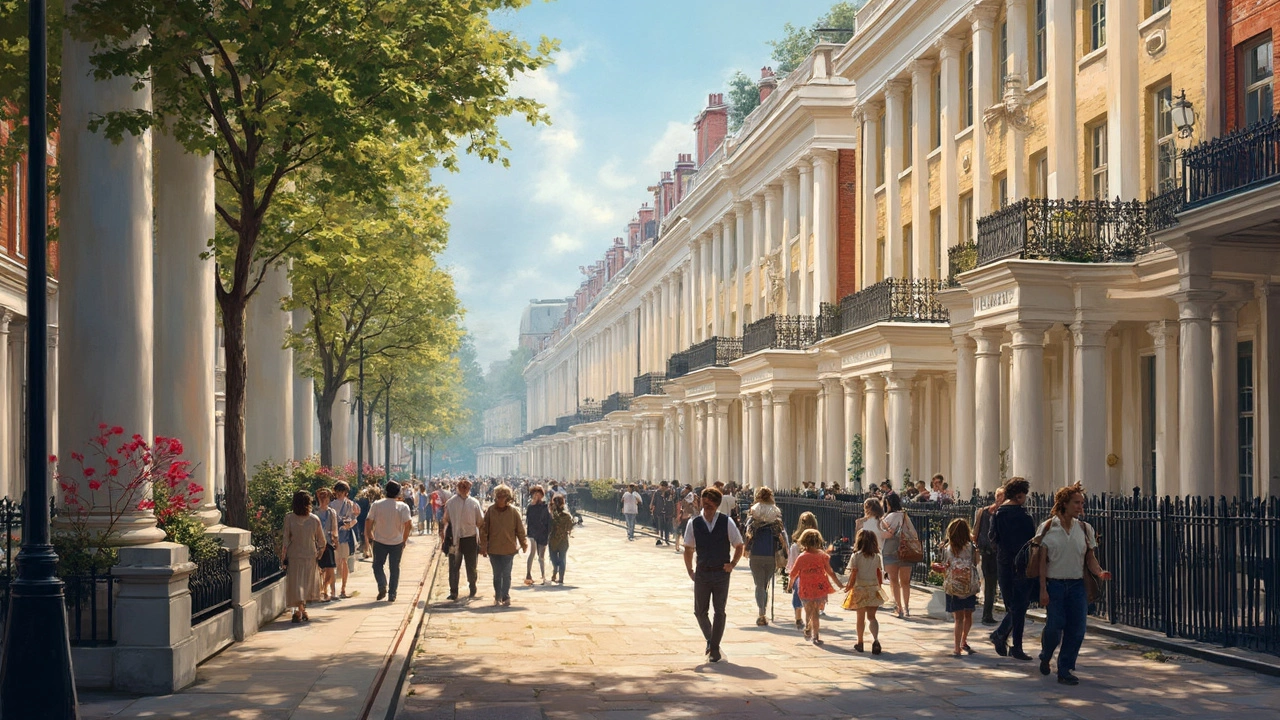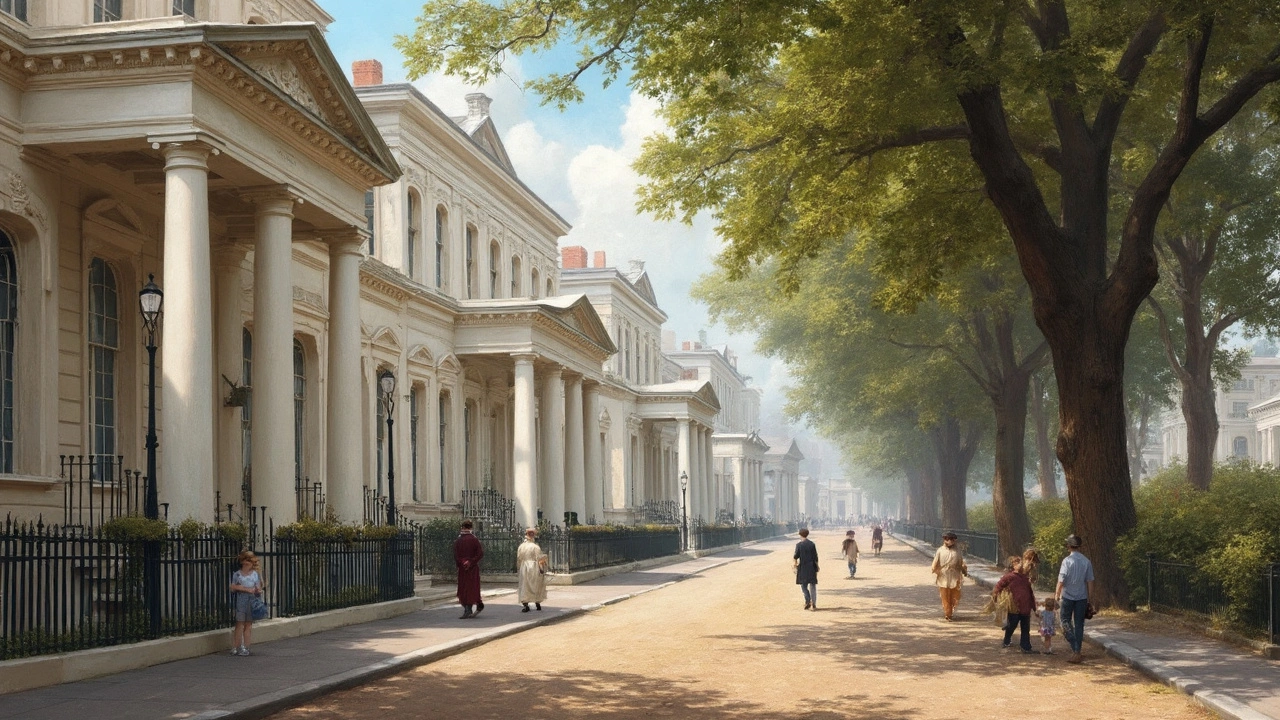Neoclassical Architecture: Spot the Lines That Built Modern Cities
You pass neoclassical buildings more often than you think—courthouses, museums, banks. They look familiar because they use simple rules: symmetry, grand columns, and clean proportions. That plain look wasn’t lazy. It was a deliberate return to ancient Greek and Roman ideas, meant to feel solid, serious, and public.
Neoclassical started in the mid-1700s as a reaction against ornate styles like Rococo. Architects wanted clarity and reason in design, so they borrowed from antiquity: temple fronts, domes, and column orders. The movement spread across Europe and the U.S., shaping civic identity. When a city wanted to look respectable or official, it often chose neoclassical forms.
What to look for
Spotting neoclassical is easier when you know the visual shortcuts. Look for balanced facades—windows and doors arranged evenly. Columns are a dead giveaway: Doric, Ionic, or Corinthian capitals, or flat pilasters applied to walls. Pediments (triangular gables) above entrances, wide steps leading to a raised entrance, and long horizontal cornices are common. Ornament is controlled: you’ll see carved friezes or wreaths, but not the busy scrollwork of Baroque or Rococo.
Materials tend to be stone, stucco, or smooth masonry that read as solid and permanent. Interiors often have high ceilings, straight sightlines, and classical moldings. If a building tries to look like a Roman temple but functions as a courthouse or bank, you’re probably looking at neoclassical influence.
Why it still matters and how it shows up today
Neoclassical set the visual language for authority. Governments, universities, and banks still use its vocabulary because it signals stability. Look at modern courthouses that use simplified columns or contemporary civic centers that keep symmetry and a central entrance. Even subtle nods—entryways with pilasters, balanced window grids, or muted classical trim—are ways designers borrow that trust without copying whole temples.
If you’re renovating a home and want neoclassical touches, focus on proportion more than decoration. Choose aligned windows, a centered front door with a simple pediment, and modest moldings. Use neutral colors and durable materials. Want a bold move? Add a portico with two columns or convert flat porch posts into simplified Ionic forms to lift a facade without overdoing it.
Neoclassical isn’t about nostalgia for its own sake. It’s a toolbox for clarity, order, and public presence. Next time you walk past a grand building, check the rhythm of its windows and the shape of its entrance. Those clues tell you whether the designers borrowed a look that still speaks to power and permanence—two reasons this style keeps showing up in cities around the world.
Curious for examples or restoration tips? Browse the neoclassical tag to find articles on famous buildings, preservation techniques, and practical advice for bringing classical balance into modern projects.

Greek Revival Architecture: Timeless Style and Lasting Influence
Greek Revival architecture has stood the test of time, showing up everywhere from grand public buildings to charming homes across America and beyond. This article explores why this style caught on, what makes it stand out, and how it still influences design today. Expect relatable tips for spotting Greek Revival features, a peek into its history, and practical advice for anyone drawn to its classic look. Whether you're a history buff, home renovator, or just love beautiful buildings, you'll walk away understanding why Greek Revival's appeal never seems to fade.
Read more
Greek Revival Architecture: How a Classic Look Keeps Reinventing Itself
Greek Revival architecture changed the way people designed homes, public buildings, and even small-town courthouses. This style, born from ancient Greek models, spread rapidly across Europe and America in the 1800s, shaping the look of entire neighborhoods. The article shares how Greek Revival took root, key features like big columns and white facades, and why it’s stuck around so long. You'll find out how to spot the real thing versus modern copies and get tips if you’re interested in adding a touch of this style to your own space. Whether you’re a fan of old buildings or just curious about why so many homes look like little temples, there’s something here for you.
Read more